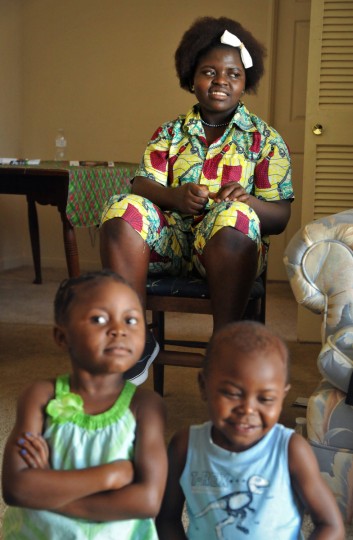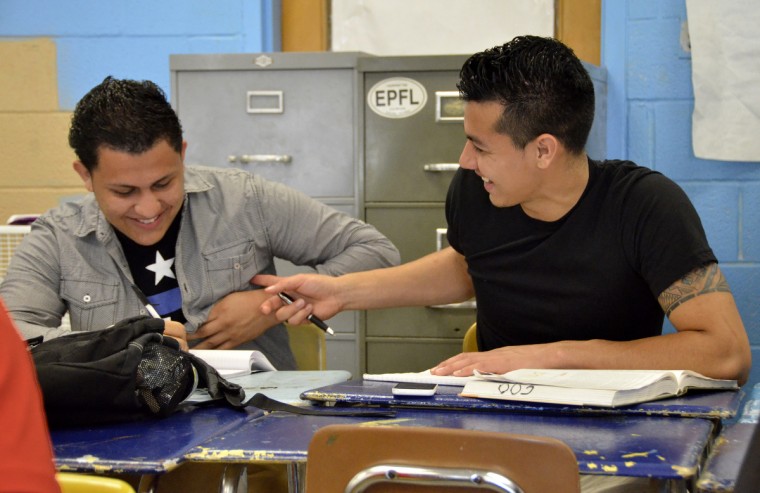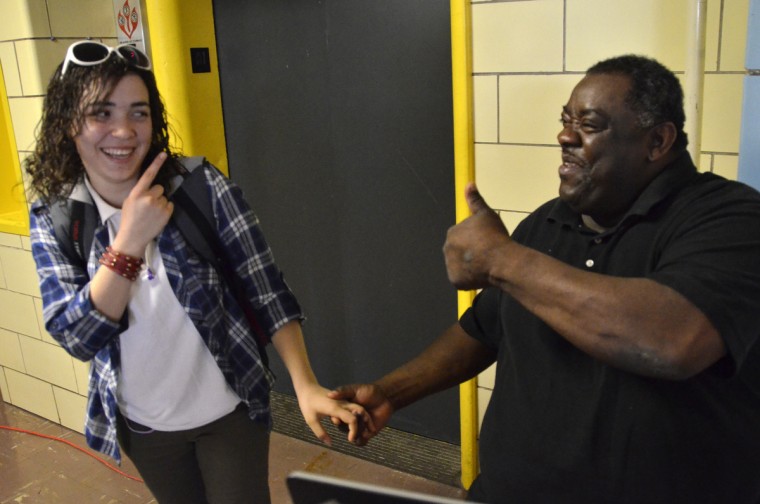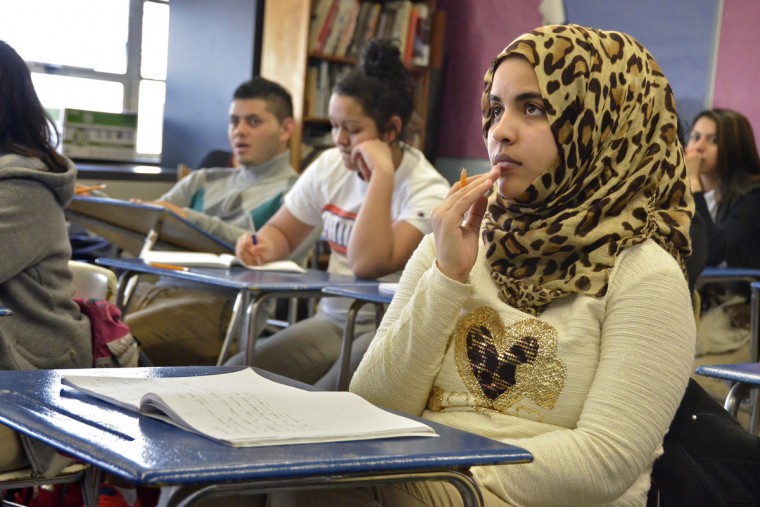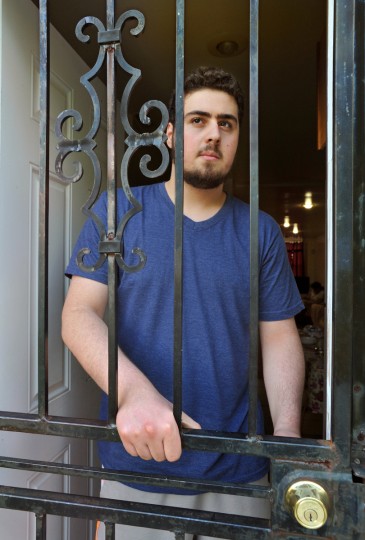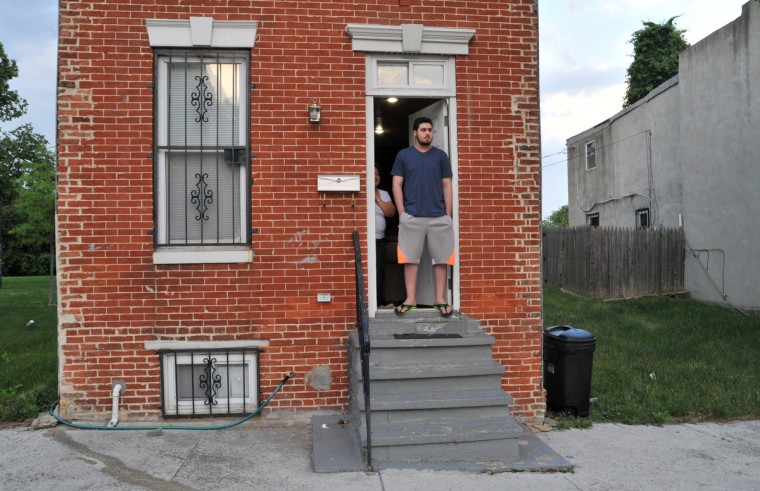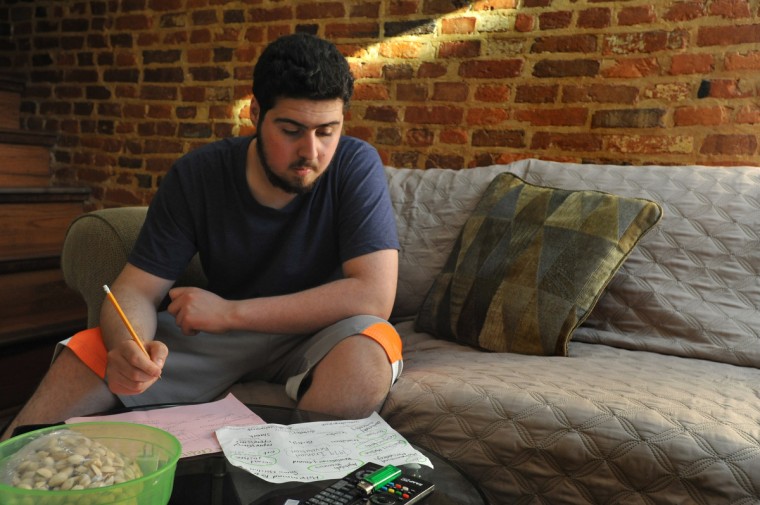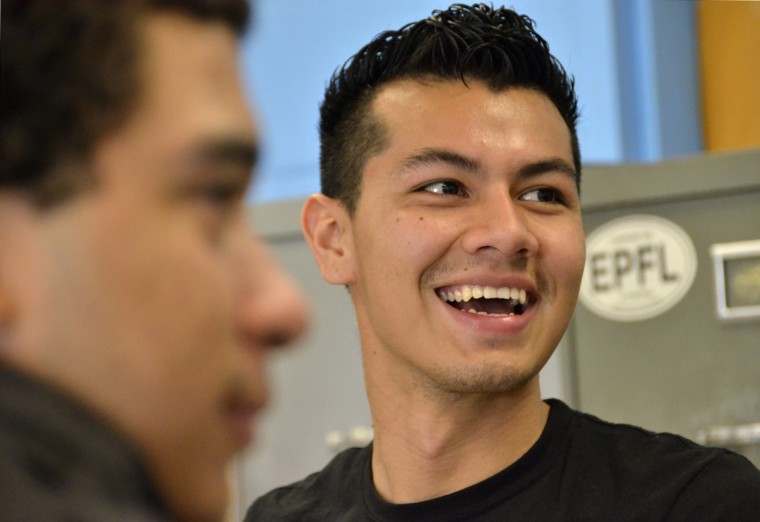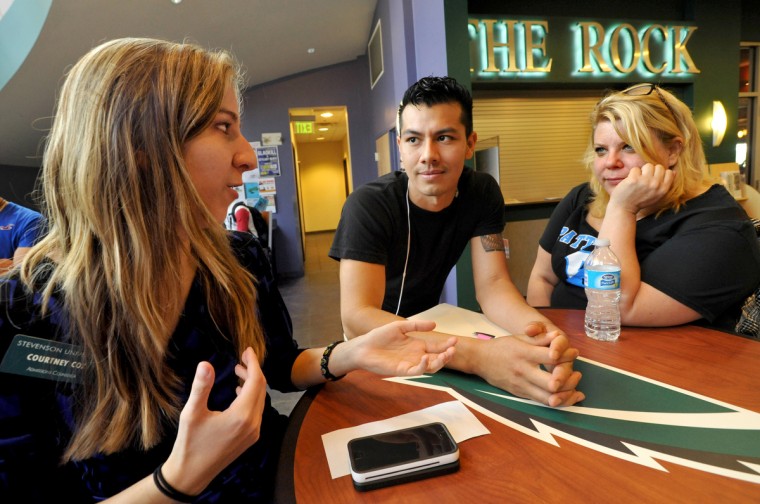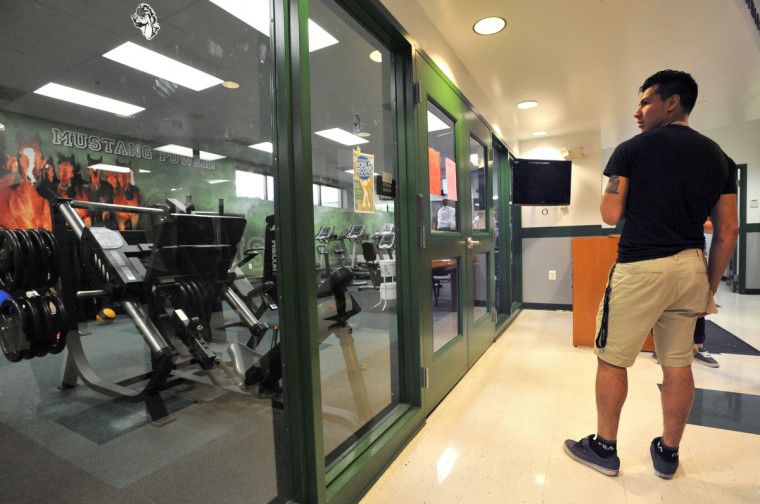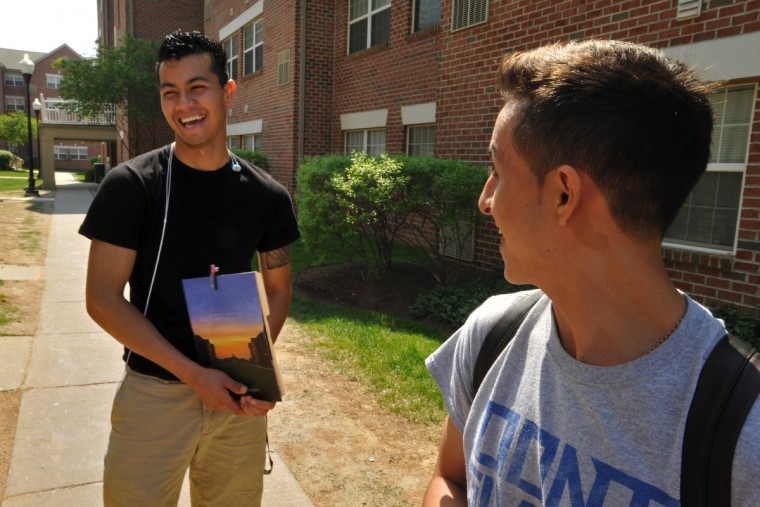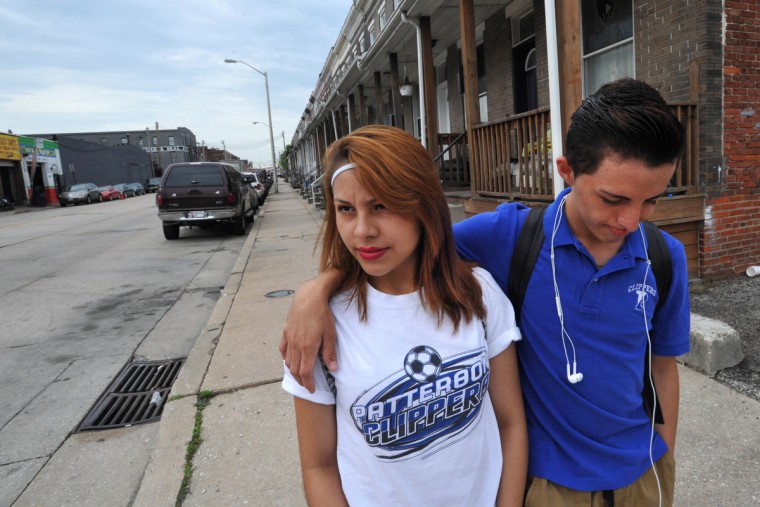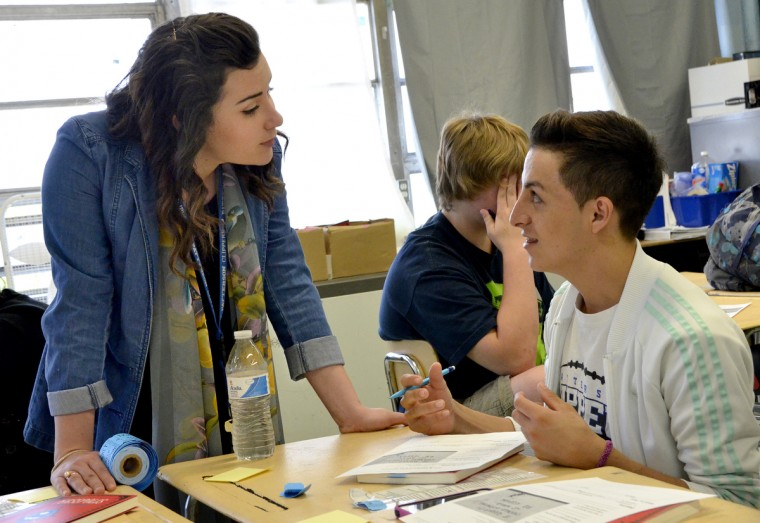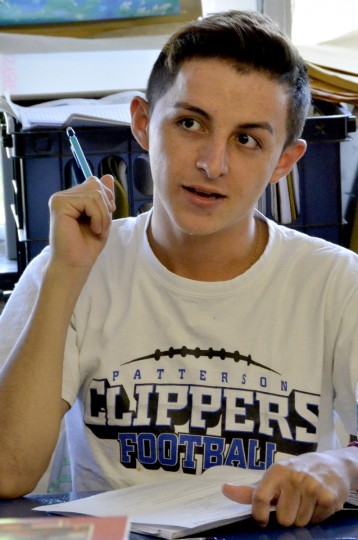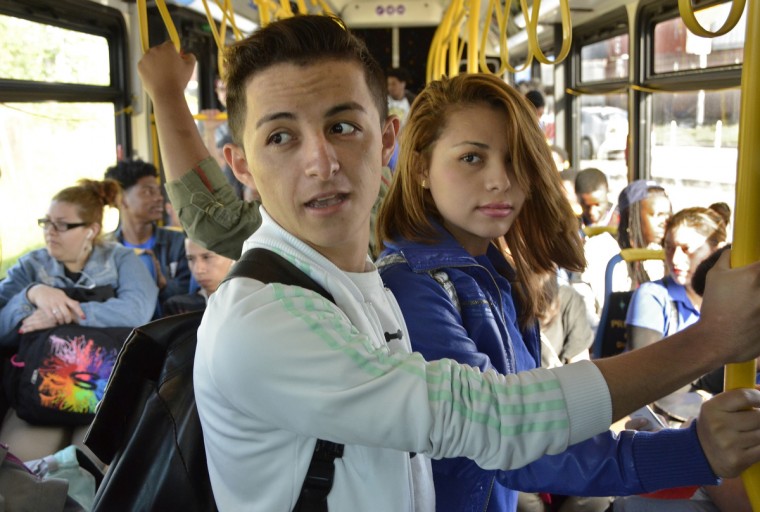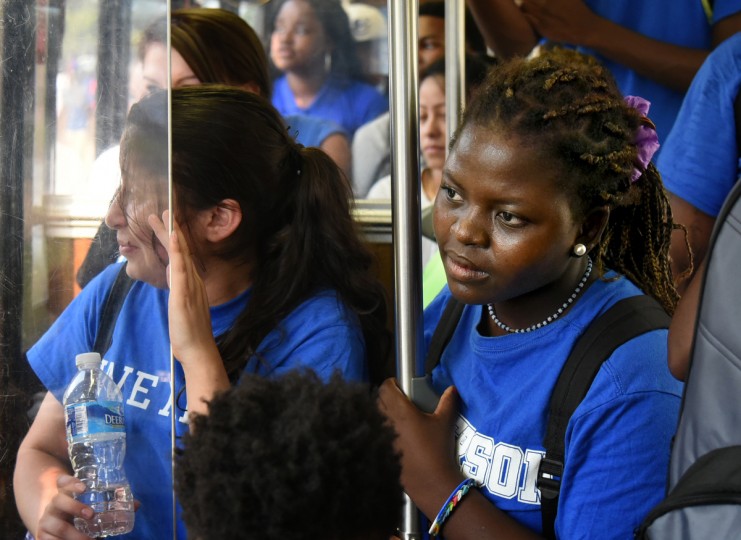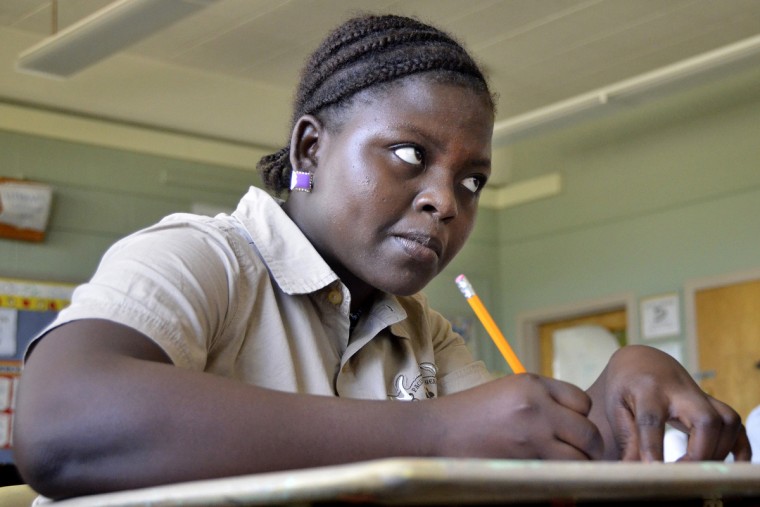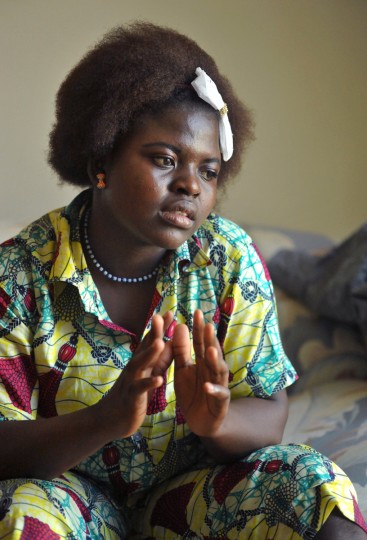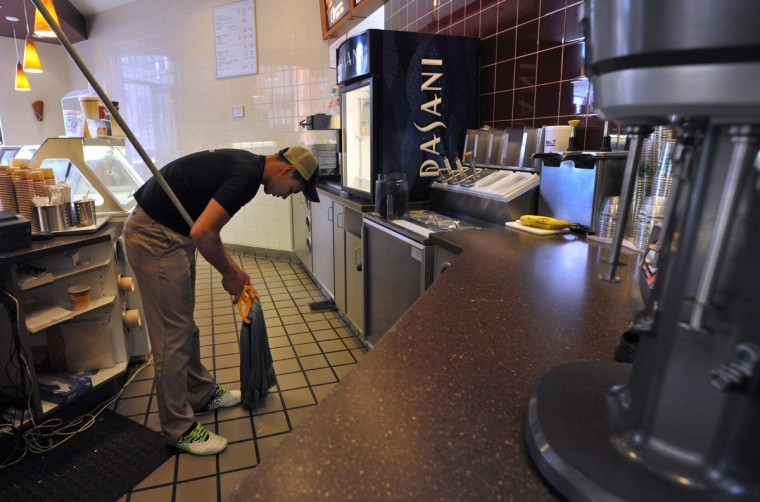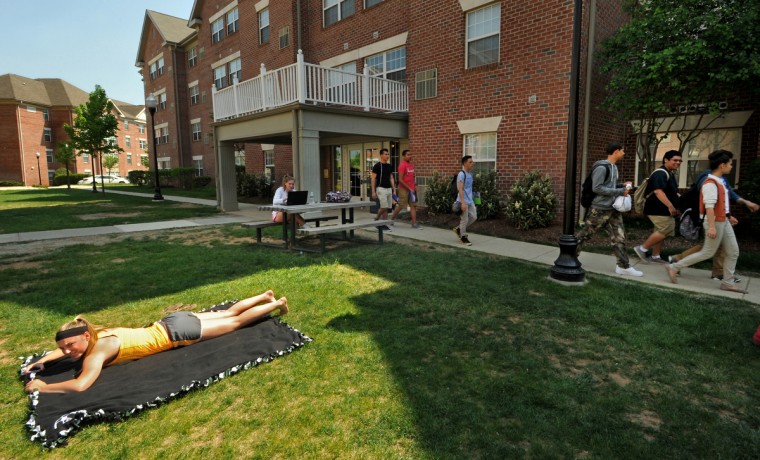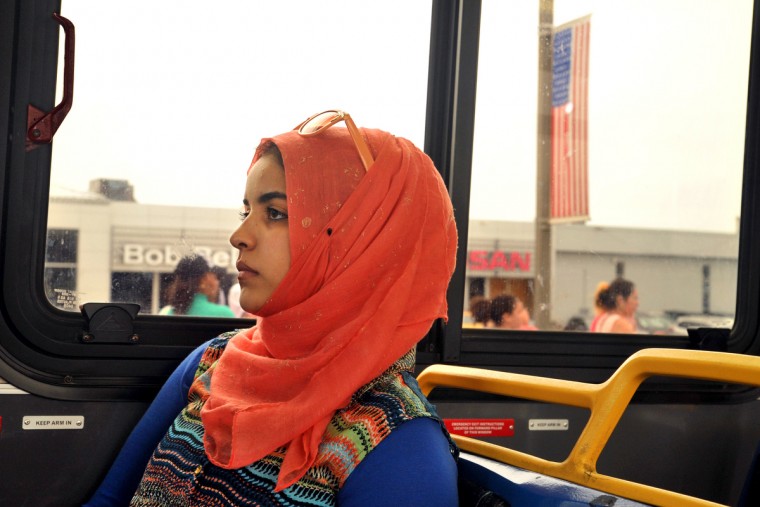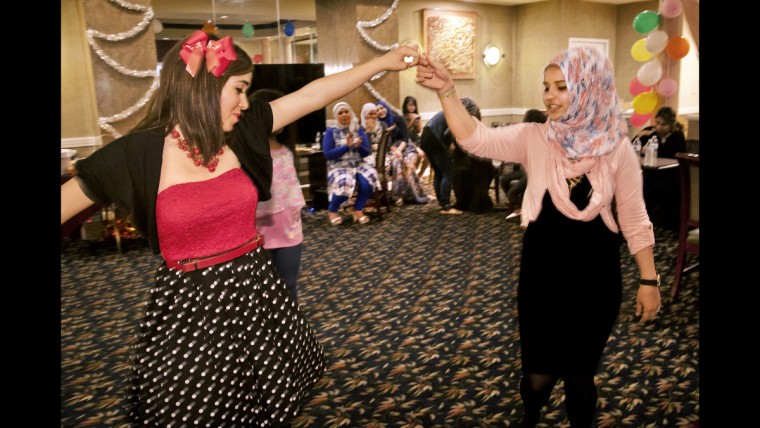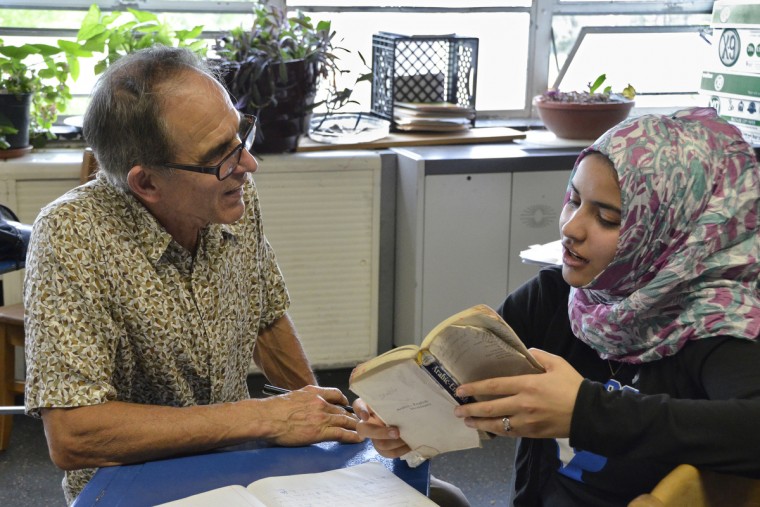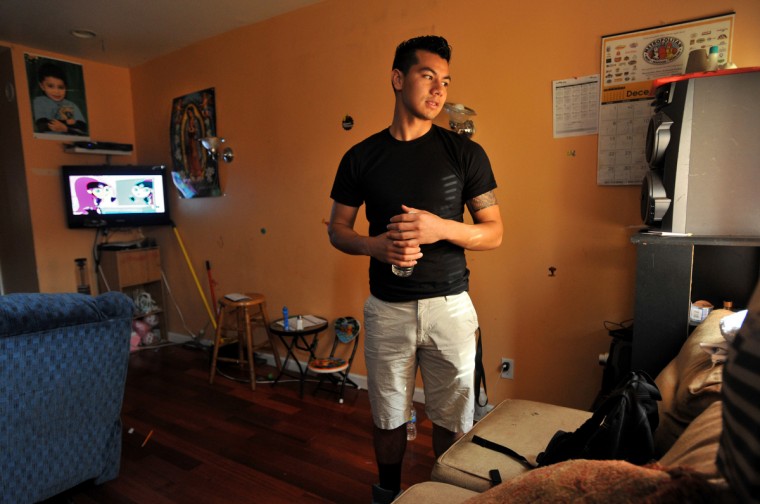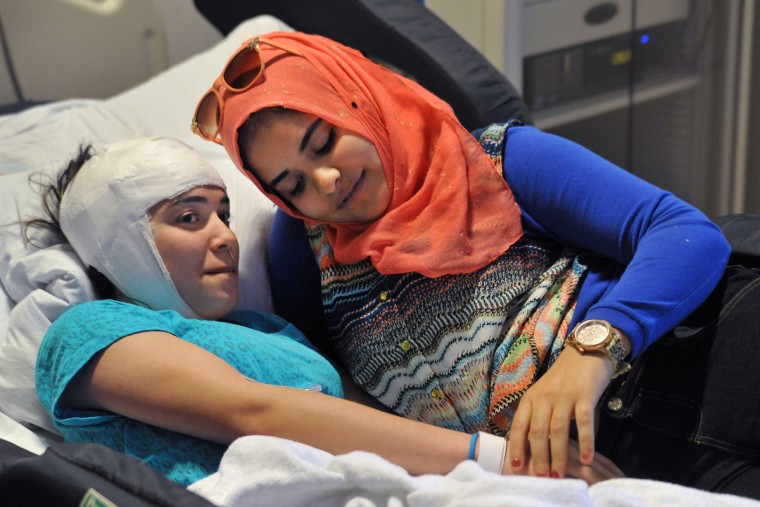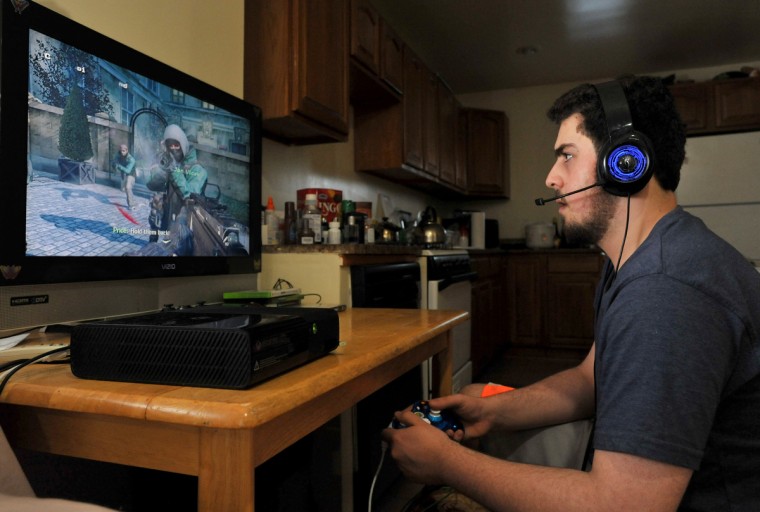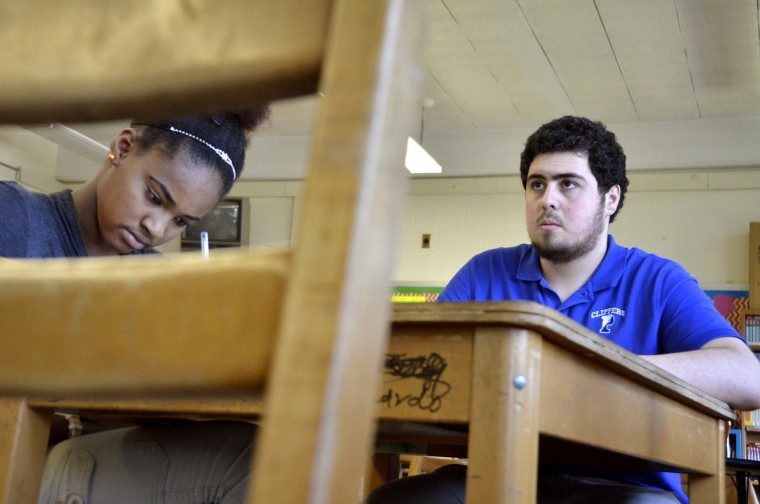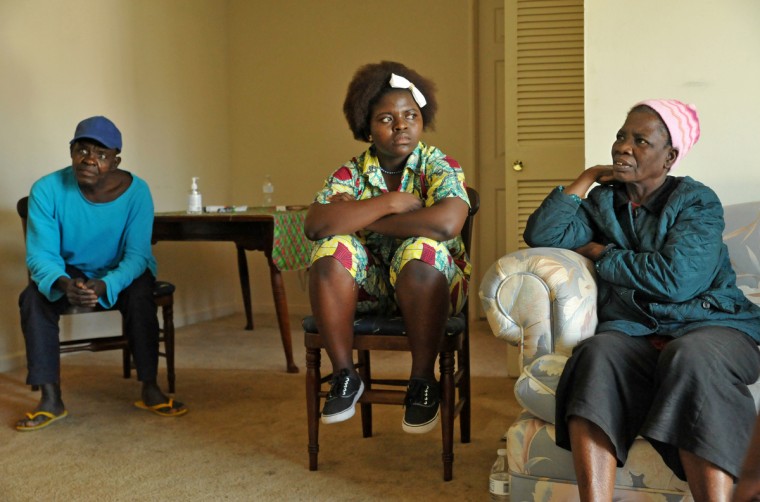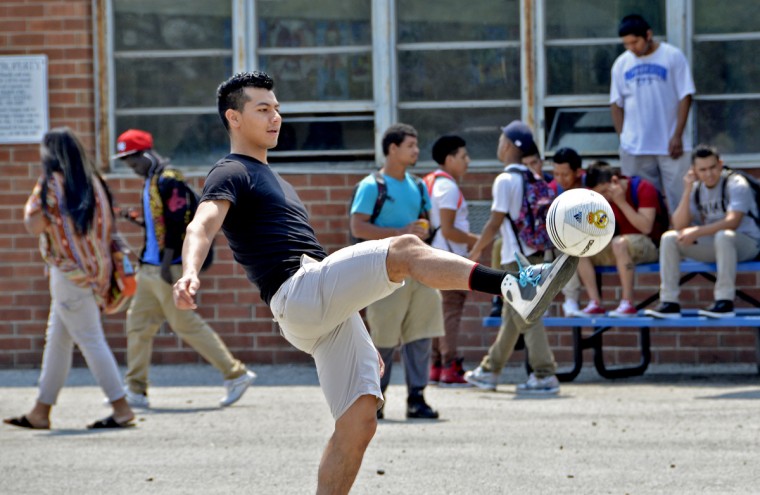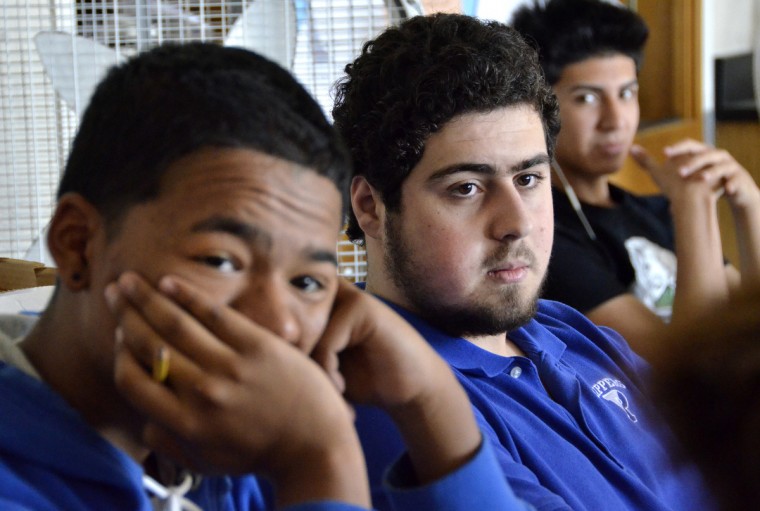Amy Davis, Baltimore Sun
When education reporter Liz Bowie enthusiastically described her special project on refugee students at Patterson High School last winter, I was intrigued because it was a subject I knew little about. The goal was to examine the complex challenges faced by refugee students and the staff in a high school where one-third of the students are immigrants. It took Liz many weeks of observation and interviews to determine which students might best illuminate the varied issues that beset these teens at different stages of assimilation. We had worked together before, so I trusted her judgment as we felt our way along, bouncing observations off each other. As the photographer, I faced a familiar dilemma. Photographers want to be brought in early on a project, yet we don’t want to waste time documenting situations that will never appear in the final story.
See the full series | Part 1: Torn between two worlds
Part 2: Facing hardship, finding resilience | Part 3: The newcomer
My greatest trepidation was whether I would be able to connect with students without a shared language. The teachers, who welcomed us into their classrooms without exception, offered key insights that helped us overcome the language barrier. Margot Harris, the dedicated English as a Second Language administrator, was understanding of our needs as journalists and helped us make the necessary connections. I’ve never encountered a principal as open to the press as Vance Benton. He sets the positive tone that permeates the school. As Liz and I became frequent visitors, both students and staff relaxed around us. The determination of the students to learn despite never-ending obstacles was even evident at the end of the school year when they had to cope with stifling heat in the worn, non-air-conditioned building.
It helped that our editors believed in the story, and were willing to give us the time we needed. Deputy Photo Editor Jeff Bill, handling the assignment desk, cleared me for some key events that cropped up unexpectedly, enabling me to dash to the school on short notice. As time went on, I discovered that my pitiful lack of foreign language skills offered an unexpected advantage. I could hover close to the students during unguarded moments, and make very candid photographs. The students were unconcerned about my proximity, because they knew I had no idea what they were talking about!
Our compassionate and gifted editor, Diana Sugg, ran interference for us frequently, and joined the interpreters who accompanied us at meetings with the parents of the students Liz chose to profile. We wanted to be sure that the parents could give fully informed consent for their children to appear in The Sun. Given the harrowing experiences and ongoing concerns for relatives left behind, there were many issues to negotiate. For instance, I wanted to photograph a Syrian student, Yamen Khalil, communicating with his mother in Turkey by computer. Yamen’s father nixed this idea, for fear of reprisals back home. Meeting the parents early on proved fortuitous in another situation. I discovered that Reema Alfaheed, a Palestinian Iraqi student who was suffering from seizures, had been taken to Johns Hopkins Hospital for observation. It would have been understandable if the family did not want me in the hospital room, but because we had met previously, her family permitted me to stay and make pictures.
Our respect and empathy for the students and staff grew continually, as we learned of new crises and past traumas endured by the teenagers. Their resilience was a quality I tried to capture. Liz could have told compelling stories about any of the refugee students, but our three main subjects, Monique Ngomba, Narmin Al Eethawi, and Exel Estrada exemplified the narrative of the newcomers’ experience. Even with the extraordinary space this series was given in print and online, inevitably good photos and reporting got left out. Our Darkroom photo blog enables us to share “outtakes” that we did not have space to include in the three-part series. Two students included here, Franklin Aguilar and Yamen Khalil, appeared only peripherally in the stories.
Yamen Khalil, 18, a Syrian refugee in the 11th grade, is in his third year at Patterson. He lives with his father in southwest Baltimore, but complicated circumstances have separated them from Yamen’s mother and two brothers who stayed behind in Turkey. Recently Yamen’s older brother moved to Germany, and Yamen is hopeful that his mother and his disabled younger brother will be able to join him there. The pain of separation is evident when Yamen and his father describe their situation. Yamen talks daily with his mother by phone, and they communicate via computer on weekends. Yamen seems to realize that the best way he can help his family is by excelling at school. A serious student, Yamen has his eye on UMBC and a career in computer science.
Franklin Aguilar, an articulate 21-year old, came from El Salvador in 2012. Before he graduated from Patterson last spring, Franklin and other Latino students toured Stevenson University on a class trip. Franklin eagerly took in every detail of the modern campus, so luxurious compared to the well-worn halls of Patterson. But for Franklin and the other undocumented students, attending this private university is not only financially daunting, but impossible without a social security card. Franklin’s dream of a college education led to some conflict with his parents, but he is still exploring ways to afford higher education. Meanwhile, he has a fulltime job working in a grocery store in Highlandtown. Without many options, Franklin admits “there’s still a possibility that I can’t make it to college.” He added, “Right now I’m trying to see my future and not put myself down. You always want to be positive, keep your head up, and try to look for the best for yourself and everyone around you.”
After 28 years at The Sun, collaborating with our multimedia team on this series was a revelation. Shooting video proved to be an effective tool for engaging viewers and helping them get to know Patterson’s students. I am especially grateful for the terrific video editing by the talented Jon Sham, and the dedication of the entire multimedia team and our editors in packaging all the elements of the series in a compelling manner. Designer Emma Patti Harris’ concept of using our video interviews to create an audio mosaic melding two-dozen languages is incredible. Content Editor Chris Assaf lent an astute eye to the photo editing process, and advocated for a strong visual presentation.
It is gratifying to know that the series has already had an impact, with donations flowing into the school’s English as a Second Language program. This week Liz heard from a former Peace Corps volunteer who served in the Central African Republic. He and his wife speak Sango, and they want to help Monique and her family as they adjust to their new life.
Our hope for the Unsettled Journeys series is that people will have more compassion as they learn more about the struggles and trauma that every refugee experiences. We need to find better ways to educate and integrate these young people who arrive with so much courage and potential. As journalists, we kept reminding ourselves to keep our professional distance. Now that the series is over, a final disclosure is in order. For two Sun journalists, and the inspiring Patterson students and teachers who shined under the Sun’s spotlight, there have been happy hugs exchanged all around.
.gif)
